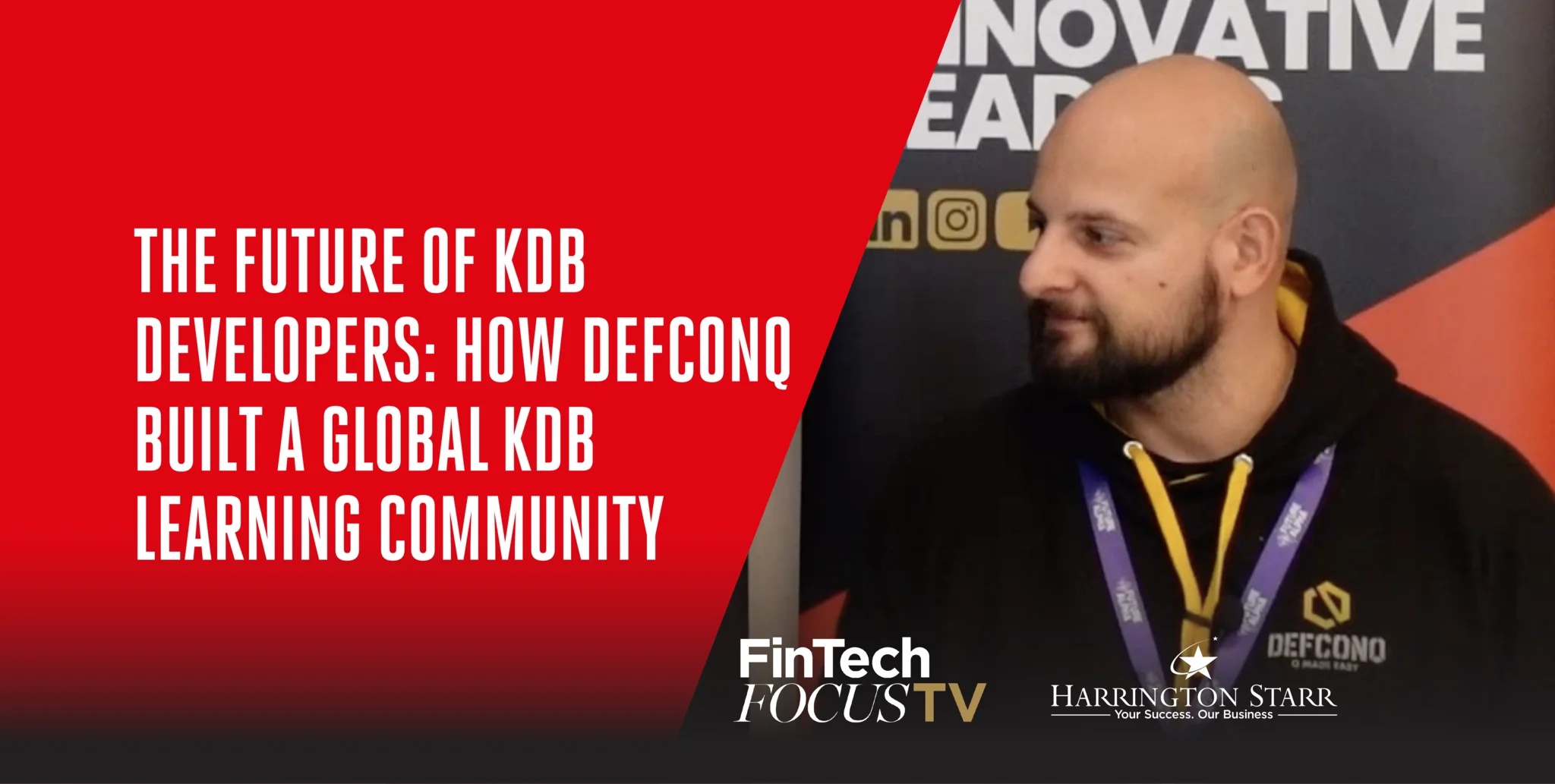
Workplace inclusion is so much more than just flying a rainbow flag, or adding the image as a profile photo on your company page for the month of June. Although logos and sentiment are valued pieces of the inclusion journey, they need to be backed up by real action, enabling real change for inclusion.
Studies have shown that same-sex couples are less likely to be approved for mortgage loans. Most banks have an inadequate policy for anyone needing to change their name. The World Economic Forum's recent survey revealed that LGBTQIA+ employees have felt that workplace discrimination is still rife. Sadly, 41% say they have faced discrimination at work that leaves them excluded from decisions and overlooked for promotion. This is probably still a far cry from the real number of people who are willing to admit or realise that this happens to them.
These experiences for customers, consumers and employees show that change is needed. Inclusivity is paramount for the industry and its people. I took the opportunity to speak to people during Pride to learn how we can turn the celebrations in one month into an impact that will last all year.
Everyday
In talks with Kim Nguyen, VP of People at Alloy, she urged leaders and businesses to recognise that Pride isn’t “a designated time of the year. It should be acknowledged every day.” At Alloy, her work has involved building people practices with "infrastructure and systems" to drive equitable and inclusive opportunities for all. To do this in a "sustainable and scalable" way, she says accessibility is paramount. This encompasses intentional design to approach promotions, professional development, and benefits. To ensure equitable and inclusive outcomes, every single touchpoint in the entirety of the employee lifecycle must be considered.
Every Space
There are several ways businesses have created safe environments for all. Alexander Mark Deakin-Mckay is the Marketing Director at Xeinadin. He explains that “If you feel safe, you're going to contribute more.” Everyone is responsible for ensuring this for one another, regardless of what type of person or communicator you are. He identified that middle managers have the power to bolster or decimate inclusion efforts. “Managers are key to creating that environment” and are responsible for "embodying inclusion.” Managers can “encourage growth and confidence for all” by creating platforms for people to share their perspectives and experiences. Alexander noted an example of how he was openly backed by management. He was given a platform to present, and in turn, he built credibility and his personal brand in the business. This was so powerful to him that he said, “We don’t all need to be believed in. But, giving people the opportunity to believe in themselves, now that’s the ticket.”
Everywhere
Everyone can be involved in this in different ways and circumstances. Deon Pillay, is Head of Marketing Technology, Enablement, and Governance at LGIM and gives tangible examples. He talks about “authentic, visible support”, saying waving a flag “is not enough anymore.” He promotes investment in education and resources for learning. Training and awareness for employees impact the broader community about LGBTQIA+ issues and drive change. Deon evidenced celebrating people through events, workshops, and panels to spotlight their stories. This is a “great way of showing advocacy for your people and advocating for people.” Great charities and organisations are working to make a difference for the community. The best businesses give back through partnerships, sponsorships, and volunteering time to work with these organisations. Some commit to policy change. Others set up Employee Resource Groups that can educate and empower people.
Everyone
Natalie Brock is Chief of Staff People Team at Thought Machine. She believes that everyone needs to be involved in inclusivity for it to be sustainable. She points out that a barrier to this is that, in the push for inclusion, those with privilege can feel like they are the problem. She says people must “feel that they can step in and be part of it.” She explains that it’s easy for people to withdraw from inclusion activities if they’ve been chastised for trying and making mistakes. She advises, “Be inclusive and kind to people, take them on the journey with you, and do it in a positive way.” Making people feel good about being part of the change leads to a positive and thriving workplace.
Every Time
Finally, Christian Tooley encourages individuals to ensure their partners take tangible actions to support the LGBTQIA+ community. As Senior Manager at Bain & Company and Founder of i³ investing, a business dedicated to supporting investments in LGBTQIA+ startups, he believes everyone can take a stand. He criticises disingenuous support, saying, “Don't work with organisations where queer safety isn’t on the agenda.” He emphasises that the benefits of supporting LGBTQIA+ communities have “a strong business case” and not to forget that it’s “the right thing to do.” Consistently considering different voices and understanding how people are affected by various issues makes great steps towards inclusion. An intersectional approach that understands systemic biases is critical for change.
In the research for this piece, I learnt that pride isn’t just about inclusion in June; it's about inclusion every day, everywhere, and for everyone.






